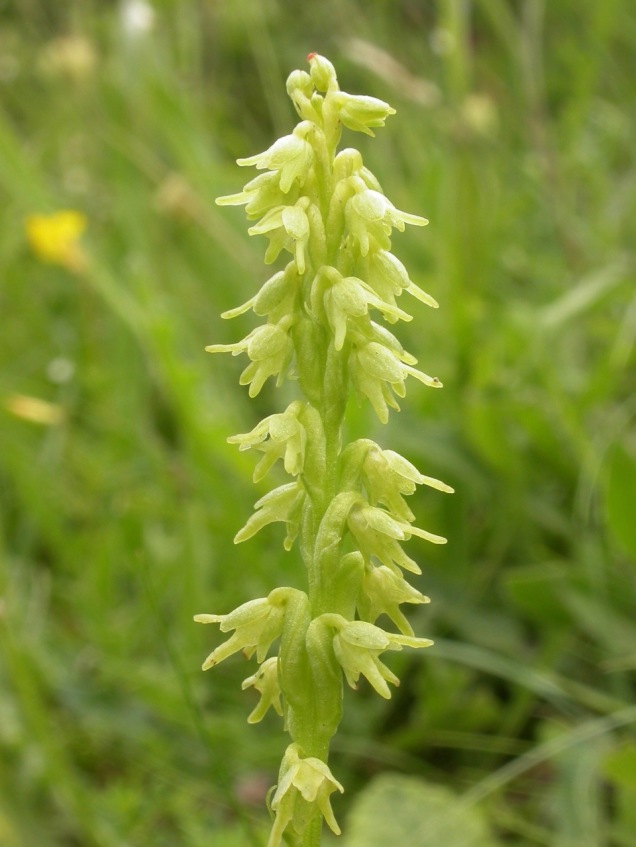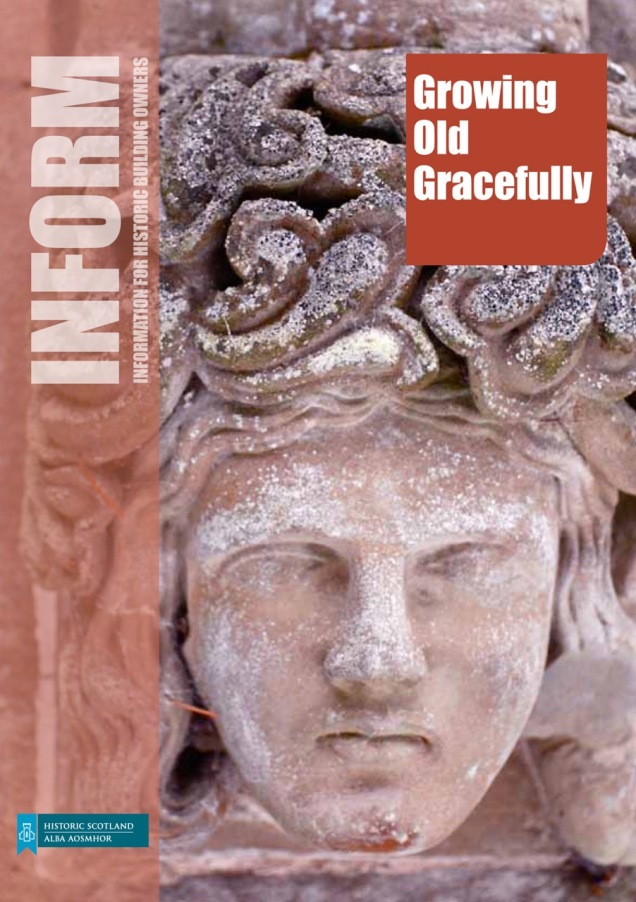In April this year the Natural History Museum in collaboration with Zooinverse launched its Orchid Observers project, to find and document native British orchids and compare current flowering times with historic records to assess the impact of climate change on the natural environment. Here, Kath Castillo, Orchid Observers project officer tells us more about the project and how it’s going so far.
The science behind the project
The UK’s environment is constantly changing and most scientists agree that much of the current change is due to human activity. Understanding how the living world is being affected by these changes is an important step in helping us to understand how future environmental change may affect us, our food sources and wildlife. One way of understanding these changes is by documenting when in the year plants and animals respond to changes in the season; well-known examples of this include the timing of frogs spawning in spring or fungi fruiting in autumn. The study of these types of event is called phenology.
Phenology studies
Natural History Museum scientists are studying the phenology of several groups of UK organism including butterflies, bees, dragonflies, midges, grassland plants and, of course, orchids. Scientists already know that at least one UK orchid, the Early Spider-orchid (Ophrys sphegodes) flowers, on average, several days a year earlier than it did at the start of last century. We aim to join data gathered from historic museum specimens with modern observations made by the public to build a picture of how 29 of our orchid species are adapting to change.
Why are we working on orchids?
First, they are much-loved and charismatic plants, some of which are declining – even in well protected sites such as nature reserves, other species such as the Pyramidal Orchid (Anacamptis pyramidalis) appear to be spreading and increasing in abundance. Understanding how changes in the environment are affecting orchids may help us plan and protect key populations or areas. Another reason why we have chosen orchids is that their flowering season tends to be short compared to other plants and they do not repeat flower – this makes data analysis easier!

In the longer term, museum scientists aim to compare data across a wider range of plant and animal groups and investigate how certain habitats are responding to change; a major concern is that certain species that are dependent upon others may not be responding in the same manner or at the same pace. A recent example of this is a study that shows that Blue Tit egg-laying and the rearing of young is not happening at the same pace as the emergence of their main food, aphids.
So how’s it all going?
It’s been a busy time for Orchid Observers! The project got off to a great start when the website went live on the Zooniverse platform on 23 April and the very first of the season’s field records was uploaded on day one! A week in and we recorded almost 300 people participating in the online activities and an increasing number of people uploading images from the field. The Museum team showcased the project to the public throughout May with publicity events at Lyme Regis Fossil Festival, followed by Fascination of Plants Day and Big Nature Day at the Natural History Museum. Some of us in the team have also managed to get out to various sites to record and photograph orchids ourselves!

Throughout May and June we visited sites across the Southeast, and further afield in Dorset, Somerset, Wales and Cumbria. At the time of writing this blog we now have over 600 registered users on the website who have enthusiastically completed nearly 16,000 classifications, by verifying and transcribing data for our historical specimens and identifying species and flowering stages for 1270 photographic records submitted by participants so far. The field records collected span the country, from Cornwall to Perth in Scotland, and from Pembrokeshire across to Norfolk.
So far, for early-purple orchid (Orchis mascula) and green-winged orchid (Anacamptis morio) approximately 9% of the records are from new/unknown sites (as measured by 2 km square/tetrad); this is valuable information, particularly for green-winged orchid which is considered at risk of extinction in the UK.

We’ve not been able to fully compare the Orchid Observers phenology data with our museum records yet, because the relevant, verified, 2015 UK weather data hasn’t been released. However, we’ve already been able to see that the median date of this year’s flowering of two species (early-purple and green-winged) is at least 10 days earlier than the museum data (which mainly covers 1830 to 1970). These are early figures only, and the full data set will be analysed later this year.
We’re immensely grateful for the time and goodwill of all our participants – without this effort we would not have been able to collect these data. And we’ve still got the rest of the summer to collect more data for all our 29 species in the survey!
Orchids to look out for in July
If you’re up in the far northwest of Scotland and parts of northern England (or down in the New Forest) in July to early August, keep a look out for the smallest of the UK orchids, the bog orchid (Hammarbya paludosa). At just 4-8cm tall it has tiny greenish flowers which are twisted through 360 degrees rather than the typical 180 degrees for most of our orchids, meaning they are upside down. The bog orchid, as the name suggests, is found in acid peat bogs, often growing among mosses.

If you’re heading for southern England in July, a similar orchid to the bog orchid in size and colour but with bell-like flowers is the musk orchid (Herminium monorchis). It grows in a very different habitat, occurring only on short grassland on chalk or limestone soils. Look out for it, photograph it if you find it, but take care not to step on it – this orchid is classified as vulnerable.

To get involved visit our project website – and huge thanks to all of our orchid observers and the fantastic contributions they are making to this vital project.



